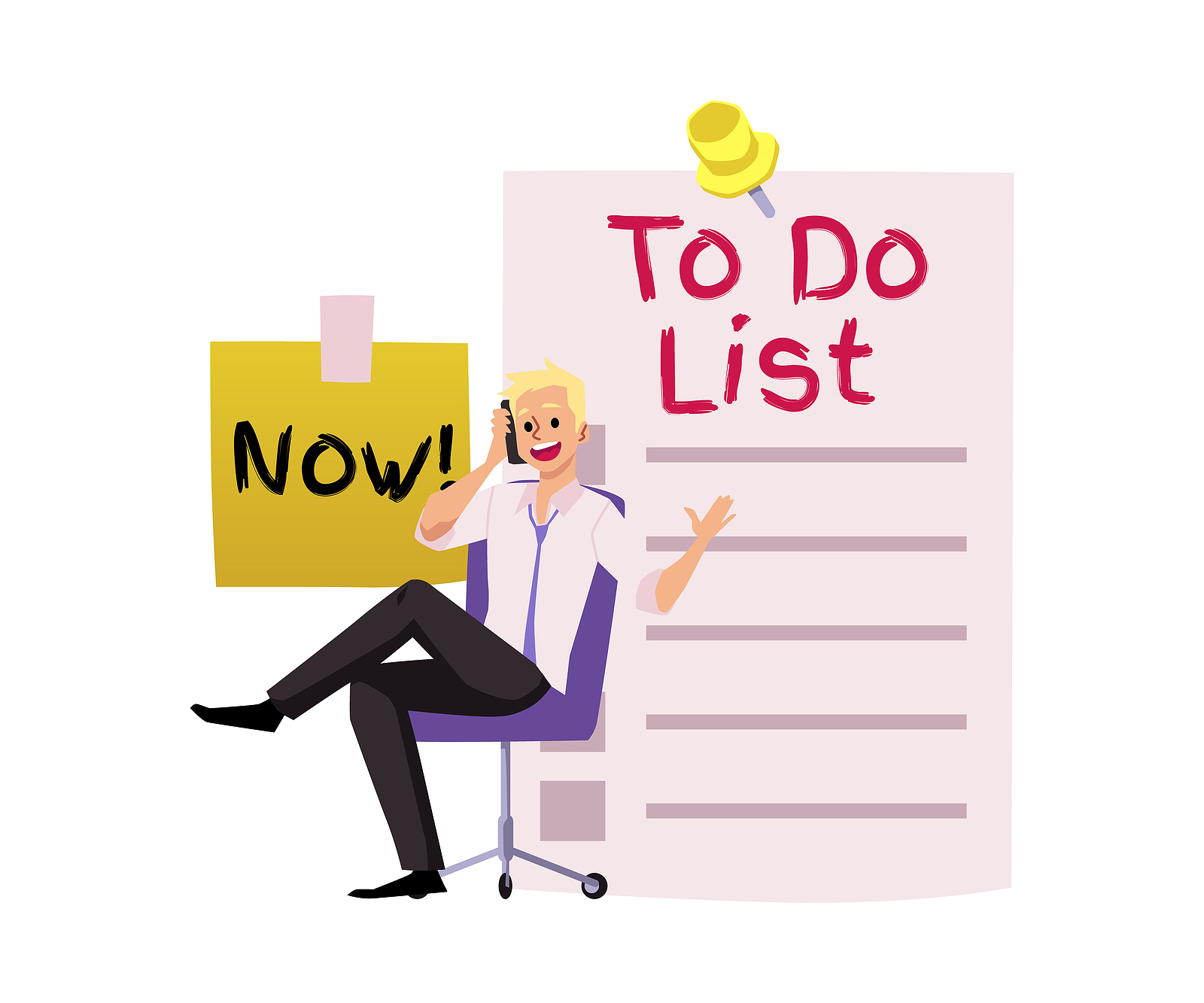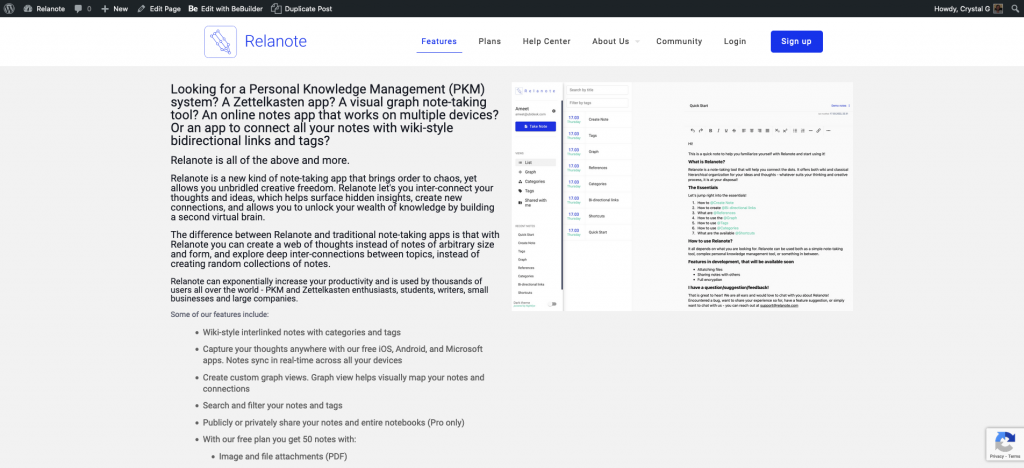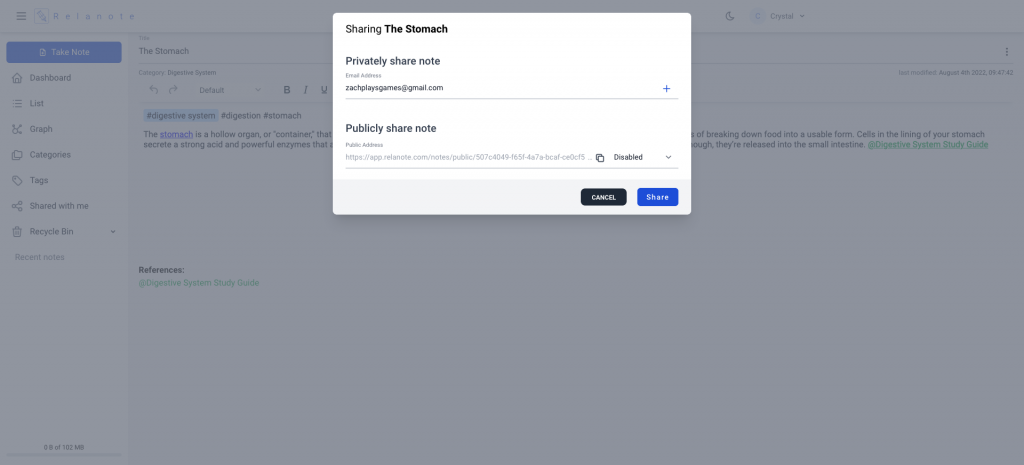5 Reasons Why Your To-Do List Is Holding You Back

When was the last time you wrote a to-do list and completed everything on it?
You’d have to think long and hard about that answer if you’re like the rest of us.
Your to-do list is not working. At best, it creates a space to empty your mind and bring clarity to the tasks you need to accomplish. The downside is that a long list of tasks may encourage anxiety, procrastination, or inactivity.
The solution, according to productivity experts, is to break down larger tasks into smaller ones. I’ve tried it, and found that it only leads to a much longer list of tasks to accomplish and a realization that there’s not enough time to get them done.
Am I saying you should toss out your to-do list? Definitely not! Lists can improve productivity if you understand their purpose and limitations and use them correctly. There’s a right way and a wrong way, and unfortunately, too many of us have been going about it the wrong way.
There is a long list of problems with our to-do lists, but I’ve highlighted just a few of the most common ones below and some solutions that you can use to get on the right track.
You Place All Your Tasks On One List
Never should you write a to-do list that covers every aspect of your list. Not only will it be too long, it will also cause confusion and disorder. Compartmentalize your life by keeping a separate list for each area. For instance, you can create a home to-do list, a work to-do list, a to-list for the kids, and one for future goals. It might add up to a lot of different lists, but at least you’ll know what to expect when you look at the different lists and save a lot of time trying to prioritize a lot of disjointed activities. Creating separate lists for each category is a great way to boost productivity. Relanote is a great note-taking app to keep your lists separate when you need to but connected for those areas that overlap.
Your Lists Are Not Accessible When You Need Them
If your lists are tucked in various places around the house on in a desk drawer at work, accessing them won’t be as easy when you need to review your tasks. Keep all your lists in a dedicated spot for effortless retrieval throughout the day. A small notebook that you can take with you on the go is perfect if you prefer hand-written notes. An even better option is a notetaking app that you sync across your devices so your notes are always at your fingertips. Software-based systems like Relanote are always more efficient in spite of the learning curve. Use Relanote to sync your notes across devices, collaborate with others to get tasks done, and access your lists whenever and wherever.

You Don’t Set Priorities
What’s the best way to tackle a long list of tasks? You set priorities instead of taking a hit-or-miss approach to getting things done, or even worse, attempting to do every at the same time. We’re not good at multi-tasking as we think. You’ll start several tasks without accomplishing them all and feel more overwhelmed than you did before. The best approach is to assign priorities to each item on your list, placing what is most important and urgent at the top and continuing in that order. Make sure to tick them off as they’re completed to boost your confidence and push forward. A good way to stay motivated is to keep a short list and aim to complete it every day. Review and reorganize your list at the end of the day to get a running start the next day.
You Do Not Delegate
Automate, delegate, or outsource. There are only so many hours in a day. You must be realistic about the tasks you’re written on your list. If there’s someone else who can effectively manage a task or two, delegate it to that person – both at home and at work. Some tasks can be automated, like paying bills. Some tasks you can outsource – like errands, cooking, and cleaning. Time is money and if you delegate some tasks, you’ll have more time to do what’s important. Relanote lets you share your lists to simplify collaboration. Once a task is completed, a team member can update, so you’ll know the task is completed.

Your Lists Send You into Panic Mode
A primary objective of a to-do list is to relieve stress, not send you into panic mode. As you add, review, and scratch off items, it will create a sense of accomplishment. If your pending tasks on your list stress you out, you might need to make smaller and more manageable lists with a handful of tasks for each day. Assign a time limit for each task to get a realistic view of your day. If you complete everything on the list, you can always create another short list and start with that.
A well-thought-out to-list is essential for productive and stress-free living. It will remind you of the things that you need to get done and keep you focused on your high-value activities if you set priorities. A structured list does not happen by accident. It requires thought, planning, and a realistic acknowledgment of the things you can and cannot do in the time you have available. You can stick to hand-written notes and still be effective, or streamline your lists using a reliable digital system. After experiencing your first productivity breakthrough, you’ll understand the value of to-lists and they’ll spill over into every area of your life.

